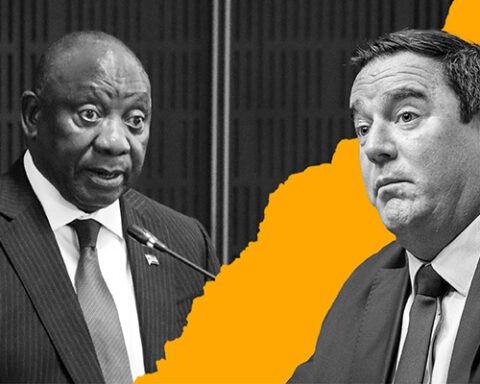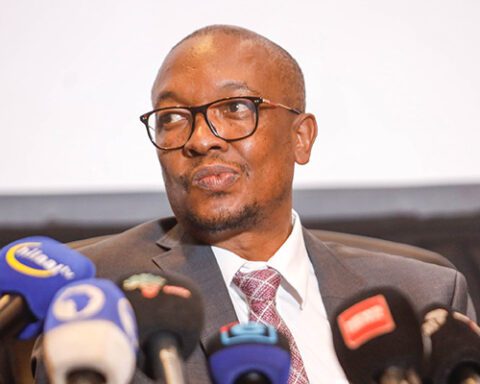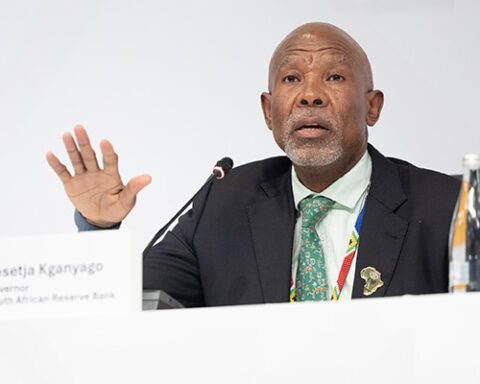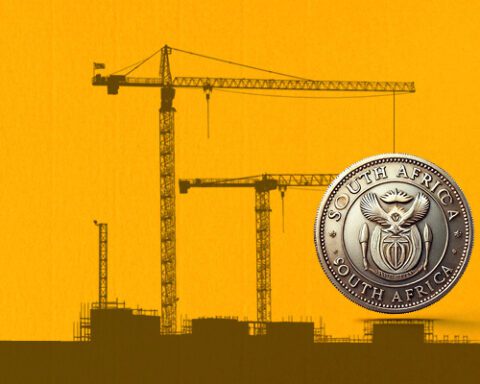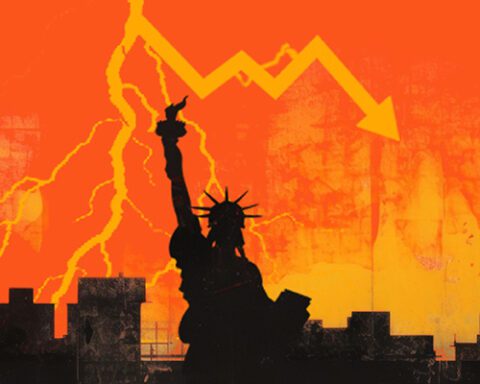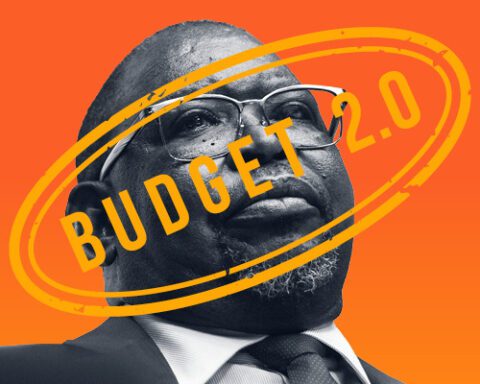South Africa’s unemployment queue shortened only a little last year. Much less than it did in 2023 or the year before that.
The economy added 355,000 jobs in 2024 – showing modest growth of about 2%. That compares with 789,000, or an expansion of about 5%, in 2023, and 1.39-million, or 9.6% growth, in 2022. Granted, almost 1.99-million people had lost their work between 2018 and 2021 during Covid, so the surge in the wake of the pandemic was to be expected as the wheels of the economy started grinding again.
Cut through all those numbers though and here’s the shocker: between 2018 and 2024 South Africa created only 549,000 jobs.
It means we now have 17.1-million of the working-age population employed and 8-million without jobs. And about 29% of formal jobs are government posts, compared with 23% 10 years ago. So much for fiscal consolidation, Enoch.
“That’s an indictment on the policies that we’ve adopted,” says George Glynos, a co-founder and the head of research of ETM Analytics. “It’s about time that the government takes the private sector into its confidence and starts working more hand in glove with the private sector than they have done up until now.”
While there’s been much talk from President Cyril Ramaphosa since he came into office seven years ago about involving the private sector, progress outside of everything except Eskom has been slow.
“The government actually needs to do less,” Glynos says. “Nowhere in the world do you find that a government is the driver of dynamism … they’ve got to be enablers, not drivers. And now it is being forced on the government because it has run out of the fiscal room to be the driver.”
The ushering in of the government of national unity after the ANC lost its majority in last year’s election has renewed optimism that the business-friendly DA will also lean harder for further private sector involvement.
Salaries of civil servants account for more than a third of the government’s total spend; according to data from the Organisation for Economic Co-operation and Development, that’s the world’s third highest as a percentage of GDP.
In fact, the government has squeezed out the private sector, not only by hiring more workers or through labour laws that the International Monetary Fund has said are too rigid, but also by paying top salaries (and granting above-inflation increases). According to an article by Daily Investor last year, average monthly civil servant salaries of about R41,200 were almost double those in the private sector. The wage bill as a percentage of GDP rose from 5.6% in 1994/95 to 10.4% in 2023/24.
“We just have to get the economy growing again,” Glynos says. “The social consequences of unemployment are high. It means there will be continued disparities between races and between the rich and the poor.”
Targeted interventions
It is evident in the numbers that something has to change. On the surface, the trajectory looks okay(ish): unemployment eased for the second straight quarter to 31.9% in the three months through December from 32.1% in the prior three months. That’s the lowest rate since the third quarter of 2023.
But the expanded definition, which includes people who have given up hope of finding work, stayed flat at 41.9%. Only four of the 10 industries surveyed showed employment growth.
Young people aged 15 to 24 still face the highest unemployment rate at 59.6%, while those aged 25 to 34 are at 39.4%, bringing the overall youth unemployment rate to 45.5%.
“These figures highlight the urgent need for targeted interventions to equip young job seekers with skills that align with industry needs,” says Nkosinathi Mahlangu, youth unemployment portfolio head at Momentum Group.
While Ramaphosa is targeting economic growth of 3% and has pledged interventions on youth employment, finance minister Enoch Godongwana has to add detail and put his numbers to the plans so “policies translate into meaningful opportunities for young people”.
FNB senior economist Thanda Sithole says the labour market remains “structurally constrained amid weak growth and a persistently high youth unemployment rate”, which underscores the “urgent need to accelerate pro-growth structural reforms to drive sustainable and inclusive economic expansion”.
More infrastructure reforms and investment, along with improved governance and service delivery at municipal level, will be critical.
Citing Okun’s law – an observation that suggests a 1% decrease in unemployment occurs when the economy expands by 2% or more – Nedbank economists expect only a modest improvement in employment, especially given they’re predicting growth of 1.4% in 2025 and 1.6% over the next three years.
“Given the anticipated economic recovery, corporate profitability should improve, which, together with accelerated economic reforms, should lift business confidence and encourage companies to consider expanding operations and employing more people,” they said. However, looming wage disputes and retrenchments at mines and manufacturers could undermine hiring.
Like all the things that ail South Africa, the remedy is growth. That means backtracking on ideologies that don’t work, says ETM’s Glynos.
The focus instead should be on removing the obstacles to economic expansion.
“Fix that, and the numbers take care of themselves.”
Sign up to Currency’s weekly newsletters to receive your own bulletin of weekday news and weekend treats. Register here.

